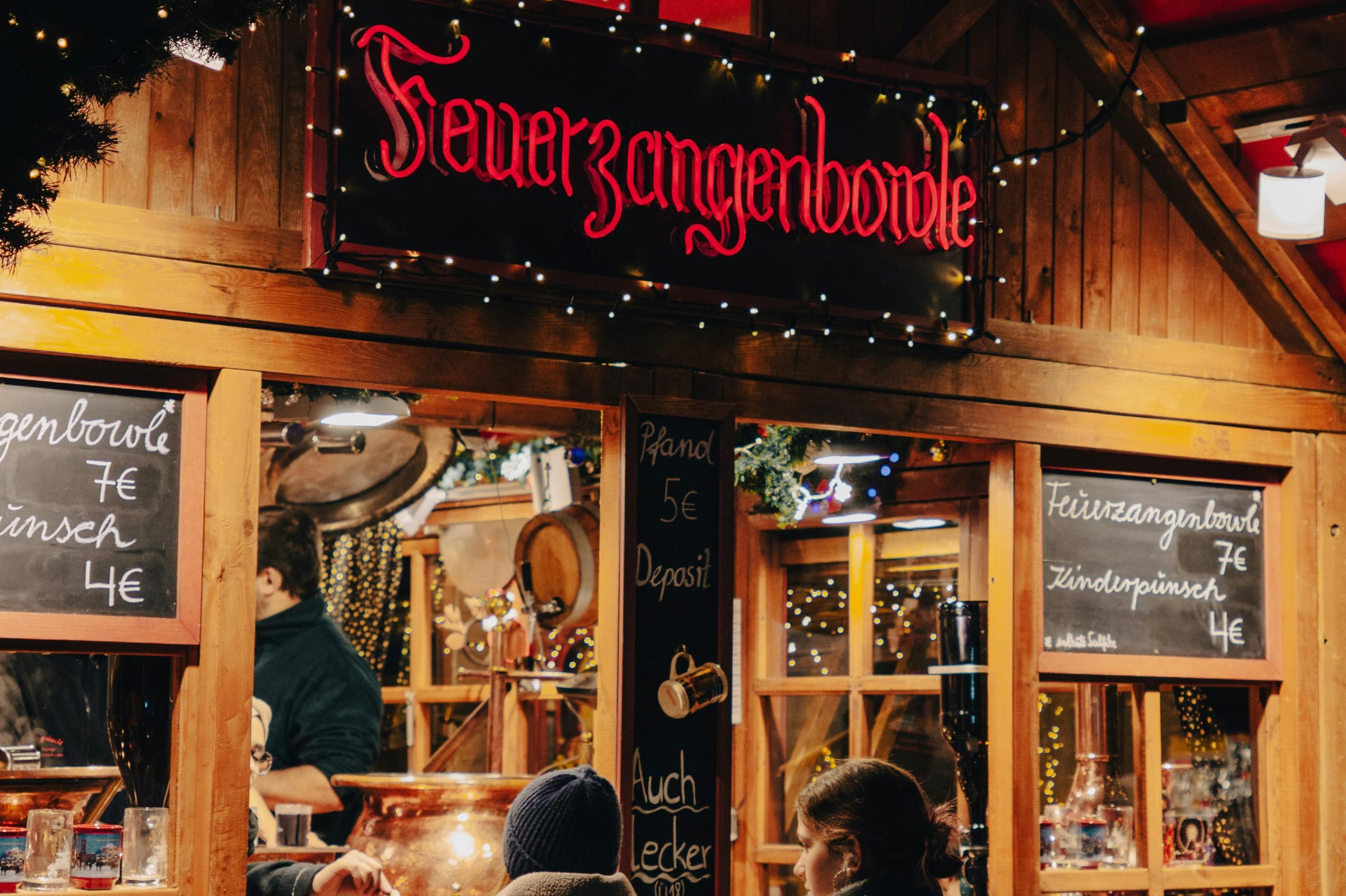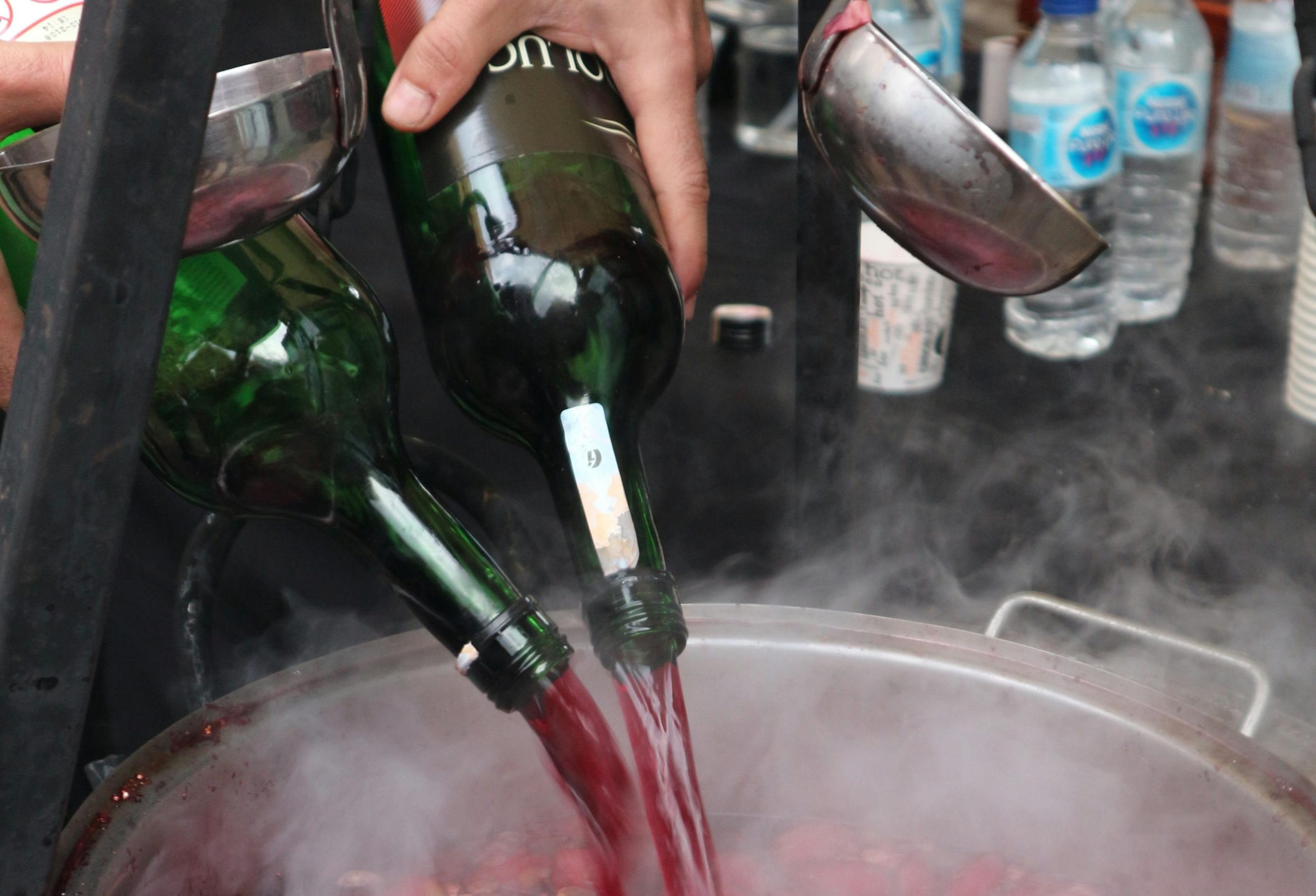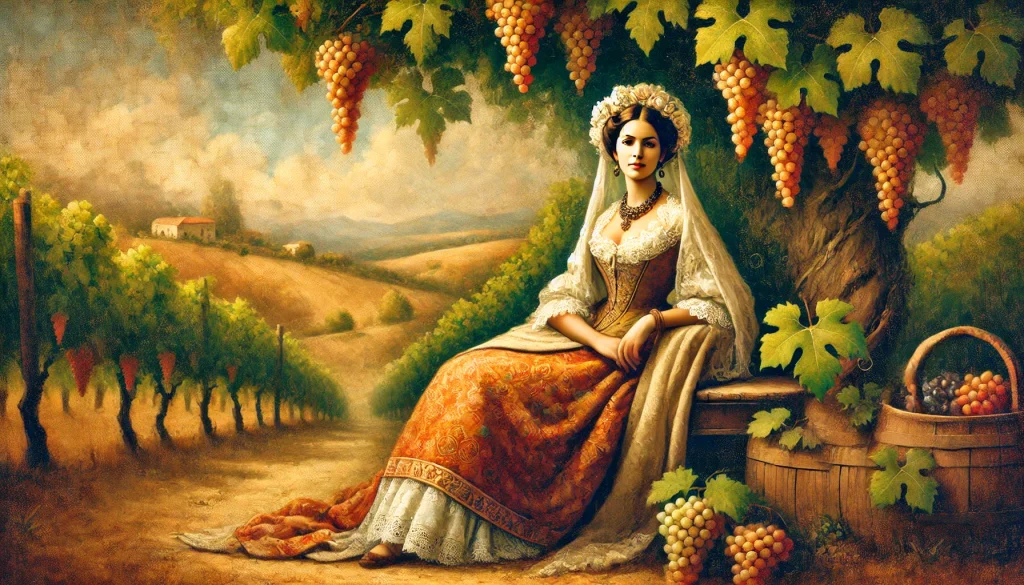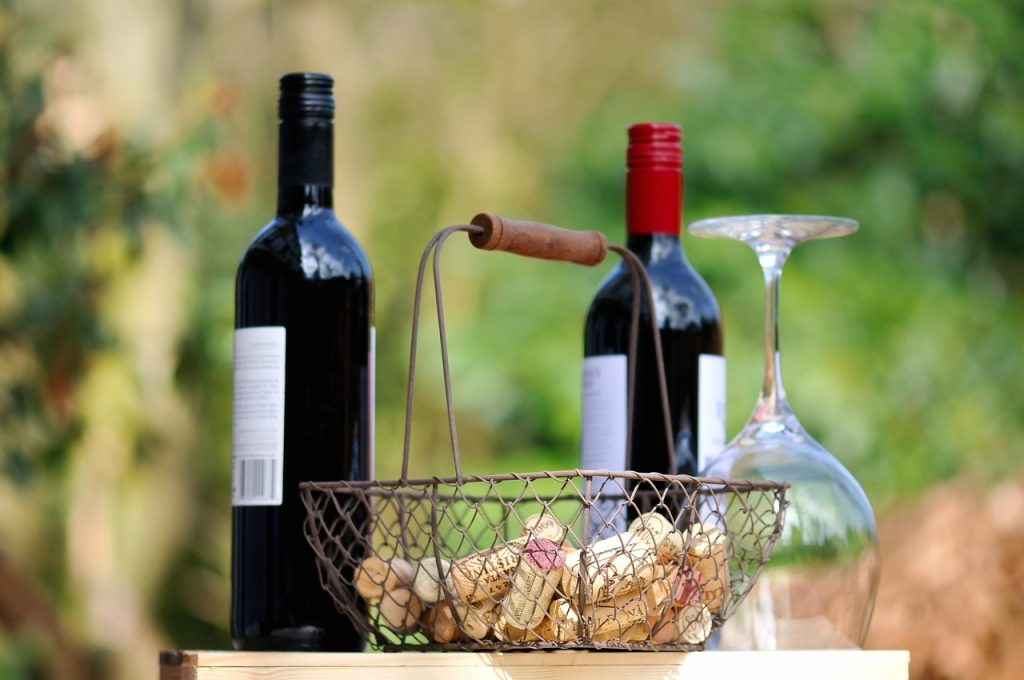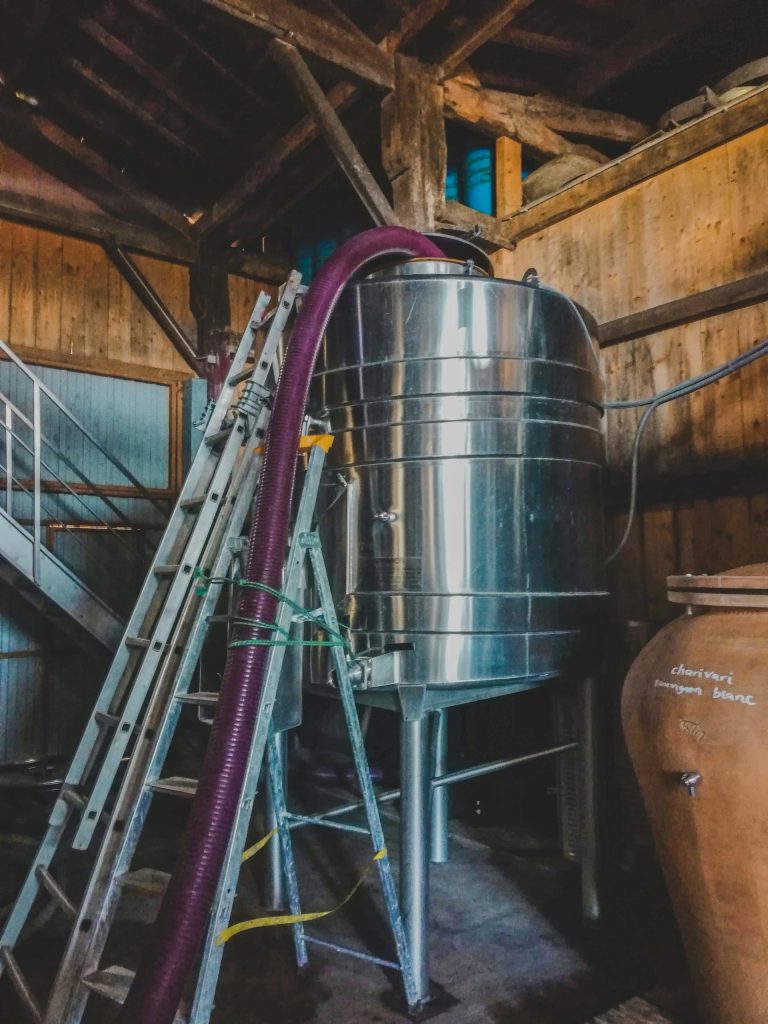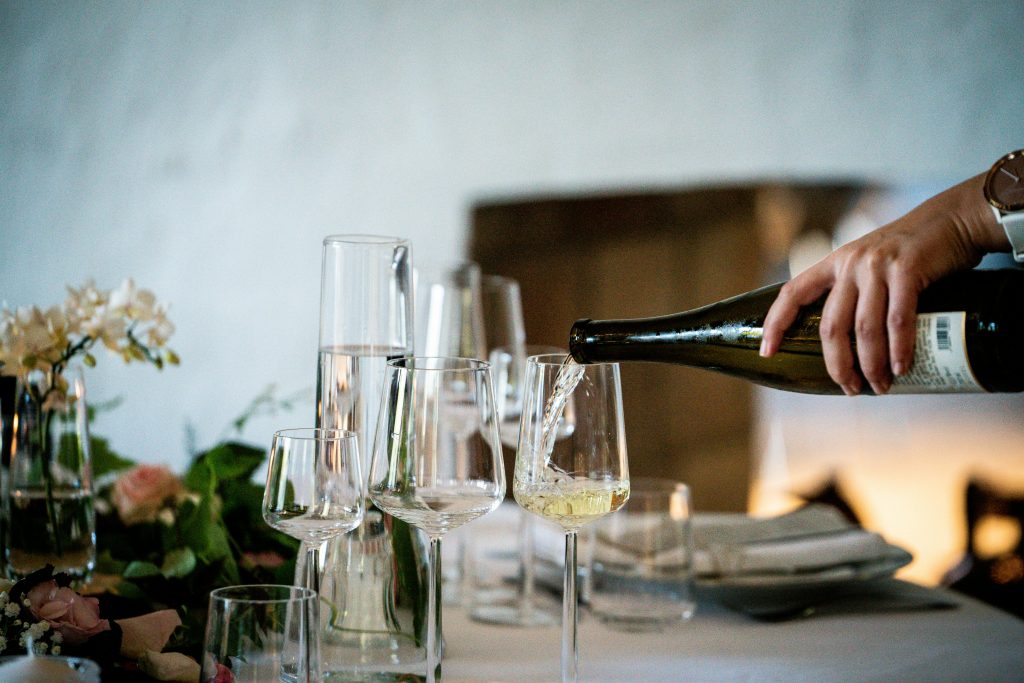How Ampelography Corrected Historical Vineyard Misidentifications

Ampelography, the study of grapevine identification and classification, has been a game-changer in the wine world. By meticulously analyzing vine leaves, shoots, and grape clusters, experts have uncovered surprising truths about vineyard compositions. Vineyard Misidentifications – Let’s see some captivating stories where ampelography set the record straight.
The Carménère Revelation in Chile
For years, Chilean vineyards cultivated what they believed was Merlot. However, in the 1990s, ampelographers noticed subtle differences in leaf shape and grape ripening times. Further investigation revealed that much of this “Merlot” was actually Carménère, a long-forgotten Bordeaux variety. This discovery not only corrected a historical oversight but also revitalized Carménère’s presence in the wine market.
Mondeuse Noire and Refosco: A Californian Mix-Up
In California, some vineyards labeled their vines as Refosco, an Italian grape. Yet, ampelographic studies in the late 20th century identified these vines as Mondeuse Noire, a French variety. This clarification helped vintners better understand their crops and produce wines that genuinely reflected the grape’s heritage.
Chardonnay vs. Pinot Blanc: A French Confusion
In France, Chardonnay and Pinot Blanc were often mistaken for one another due to their similar appearances. Ampelographers, by examining leaf structures and grape characteristics, distinguished between the two. This distinction was crucial for vintners aiming to produce authentic varietal wines.

Zinfandel’s Croatian Roots
Zinfandel, a staple in American vineyards, was long thought to be unique to the U.S. However, ampelographic and genetic research traced its origins to Croatia, where it’s known as Crljenak Kaštelanski. This finding enriched the grape’s story and highlighted the global journey of wine varieties.
The Portuguese Puzzle: Sousão and Vinhão
In Portugal’s Douro region, two grape varieties, Sousão and Vinhão, were often confused due to their similar synonyms. Ampelographic research clarified their distinct identities, aiding winemakers in crafting wines with intended profiles and preserving the region’s viticultural heritage.
The Legacy of Pierre Galet
No discussion on ampelography is complete without mentioning Pierre Galet, often dubbed the “father of modern ampelography.” His systematic approach to vine identification, focusing on leaf shape and shoot characteristics, has been instrumental in correcting vine misidentifications worldwide.
These stories underscore the importance of ampelography in the wine industry. By accurately identifying grapevines, vintners can ensure the authenticity of their wines, preserve viticultural heritage, and sometimes, rediscover lost varieties. It’s a testament to how meticulous study and observation can lead to delightful revelations in our wine glasses.
Why Misidentified Vines Matter
You might wonder, why all the fuss over misidentified vines? Can’t we just enjoy the wine and not worry about what’s in the bottle? Well, yes and no. The identity of a grapevine directly affects how it’s cultivated, vinified, and marketed. Misidentifications can lead to mismatched vineyard practices, unexpected wine profiles, and, let’s face it, some red-faced winemakers.
Imagine a vineyard owner thinking they’re growing Syrah, only to find out years later it’s actually Petite Sirah. While both are fabulous grapes, they ripen differently and require distinct approaches in the vineyard and cellar. Suddenly, that “typical Syrah” character their customers loved? It’s not Syrah at all.
How Ampelography Works Its Magic
Ampelography isn’t just about discovering vineyard misidentifications or looking at leaves and saying, “Aha! That’s Merlot!” It’s a meticulous science. Here’s how the process typically unfolds:
- Leaf Structure: Experts examine the shape, size, and vein patterns of the leaves. Some grape varieties have distinct lobes or serrations that act like fingerprints.
- Grape Clusters: The size, color, and compactness of grape clusters are also key clues. For example, Zinfandel clusters are famously tight, while Tempranillo’s are loose and broad.
- Shoots and Buds: The texture and color of shoots and buds provide additional hints. Some vines even have unique tendril arrangements.
- Genetic Testing: In modern times, DNA analysis often complements ampelography, offering undeniable proof of a vine’s identity. It’s like CSI for vineyards!

The Human Touch: Why Ampelography Still Matters
With DNA testing now widely available, you might think traditional ampelography is outdated. Not true! It remains an essential tool for quick, field-based identification. Vineyards can’t always wait for lab results. Plus, there’s an art to ampelography—a connection between the vine and the human eye that no machine can replicate.
A Fun Fact About Ampelography: The Wine Olympics
Did you know there are international competitions where ampelographers identify grape varieties based on a single leaf or cluster? It’s like the Olympics for wine nerds. And it’s ridiculously hard. But it shows just how skilled these experts are at unraveling the mysteries of the vineyard.
Ampelography’s Role in Protecting Wine Heritage
Beyond correcting vineyard misidentifications, ampelography plays a vital role in preserving old and rare grape varieties. In some cases, forgotten or mislabeled vines turn out to be historical treasures. Take Italy, for example. Ampelographers there have rediscovered ancient grapes like Timorasso and Pignolo, breathing new life into regional wine traditions.
The Takeaway: What Ampelography Teaches Us
Ampelography reminds us that the wine world is full of surprises. From uncovering Carménère in Chile to tracing Zinfandel’s Croatian roots, it’s a field that keeps rewriting the story of wine. For winemakers, it’s a practical tool. For the rest of us, it’s a fascinating glimpse into the complexity behind every bottle.
So, next time you pour a glass, take a moment to appreciate the stories behind it. They’ve been through a lot—some even mistaken for their cousins along the way. Thanks to ampelography, those stories are finally being told.
